Juan C1, Torrens G1, Barceló IM1, Oliver A1
1Hospital Universitario Son Espases,Palma de Mallorca,Spain.
The clinical and epidemiological threat of the growing antimicrobial resistance in Gram-negative pathogens, particularly for β-lactams, the most frequently used and relevant antibiotics, urges research to find new therapeutic weapons to combat the infections caused by these microorganisms. An essential previous step in the development of these therapeutic solutions is to identify their potential targets in the biology of the pathogen. This is precisely what we sought to do in this review specifically regarding the barely exploited field analyzing the interplay among the biology of the peptidoglycan and related processes, such as β-lactamase regulation and virulence. Hence, here we gather, analyze, and integrate the knowledge derived from published works that provide information on the topic, starting with those dealing with the historically neglected essential role of the Gram-negative peptidoglycan in virulence, including structural, biogenesis, remodeling, and recycling aspects, in addition to proinflammatory and other interactions with the host. We also review the complex link between intrinsic β-lactamase production and peptidoglycan metabolism, as well as the biological costs potentially associated with the expression of horizontally acquired β-lactamases. Finally, we analyze the existing evidence from multiple perspectives to provide useful clues for identifying targets enabling the future development of therapeutic options attacking the peptidoglycan-virulence interconnection as a key weak point of the Gram-negative pathogens to be used, if not to kill the bacteria, to mitigate their capacity to produce severe infections.Microbiology and Molecular Biology Reviews. DOI: 10.1093/jac/dky364
Link to Pubmed